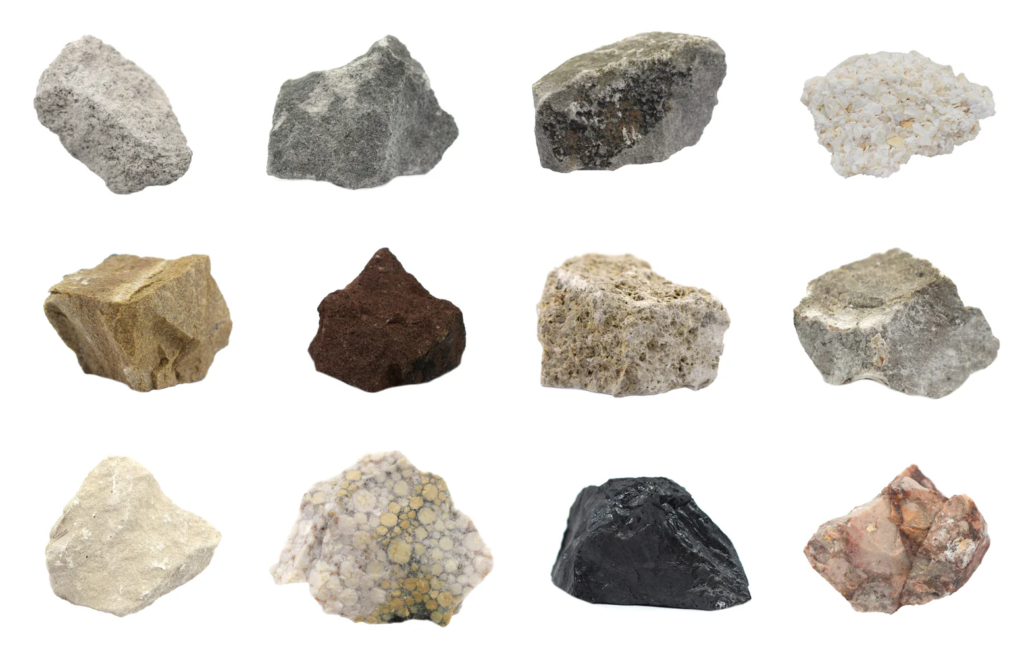Wealth From Rocks
wealth from rocks by Delta publications
Key Notes:
Definition of Rocks and Minerals:
- Rocks: Natural substances composed of one or more minerals.

- Minerals: Solid, inorganic substances with a specific chemical composition and structure.

Types of Rocks:
- Igneous Rocks: Formed from cooled magma or lava (e.g., granite, basalt).

- Sedimentary Rocks: Formed from sediment (e.g., sandstone, limestone).

- Metamorphic Rocks: Formed from existing rocks that have been transformed by heat and pressure (e.g., marble, slate).

Uses of Rocks and Minerals:
- Building Materials: Many rocks, like granite and limestone, are used in construction.
- Energy Resources: Coal and oil shale are used to produce energy.
- Jewelry and Decoration: Precious stones like diamonds, rubies, and emeralds are used in jewelry.
- Industrial Uses: Minerals such as talc and gypsum are used in various industrial processes.
Mining:

- Definition: The process of extracting rocks and minerals from the earth.
- Types of Mining: Surface mining (e.g., open-pit mining) and underground mining.
Economic Importance:
- Value: Many rocks and minerals have high economic value and are crucial for many industries.
- Jobs: Mining and processing rocks and minerals provide jobs and contribute to the economy.
Conservation and Environmental Impact:
- Environmental Impact: Mining can lead to habitat destruction and pollution.
- Conservation: Efforts are made to reduce the impact of mining and ensure sustainable practices.
Examples of Valuable Rocks and Minerals:
- Gold: Used in jewelry and electronics.

- Copper: Used in electrical wiring.

- Salt: Used in food and industrial processes.

Let’s practice!

